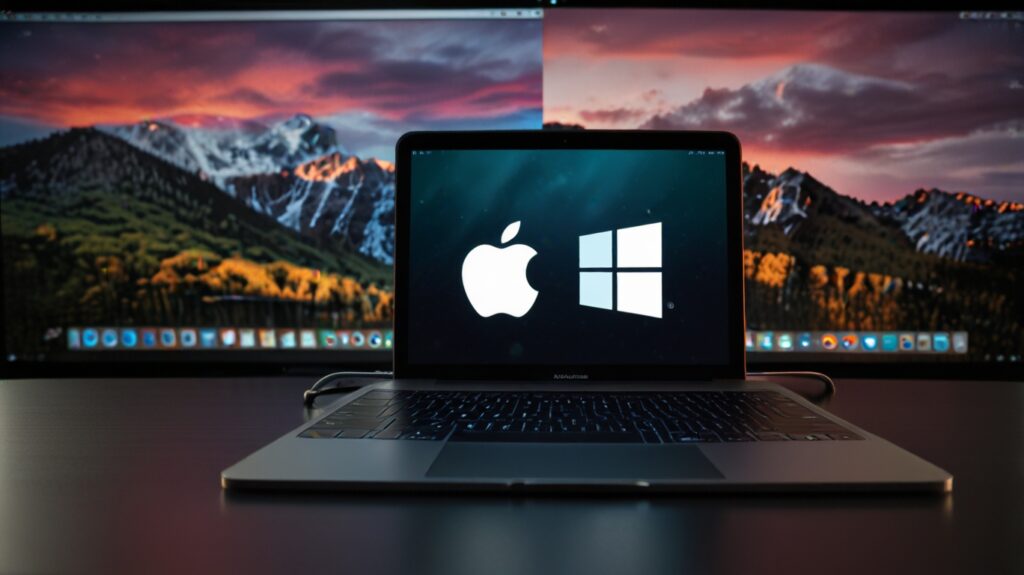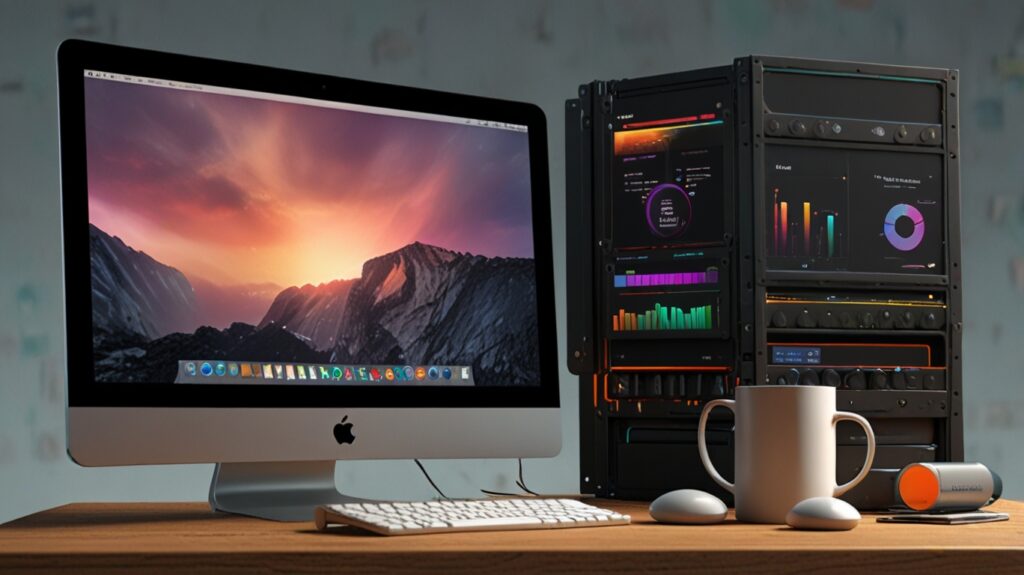Dual-booting macOS and Windows gives you the best of both worlds — access to Apple’s sleek macOS environment and Microsoft’s versatile Windows operating system, all on one computer. But is it the right choice for your workflow?
In this article, we break down the pros and cons of dual-booting macOS and Windows so you can make an informed decision.
What Is Dual-Booting?
Dual-booting means installing two operating systems on the same computer and choosing which one to load at startup. On a Mac, this is typically done using Boot Camp Assistant, which allows you to install Windows on a separate partition of your hard drive.
⚠️ Important Note: Dual-booting is only officially supported on Intel-based Macs. Apple Silicon Macs (M1, M2, M3) do not support Boot Camp, though virtualization options are available instead.
Pros of Dual-Booting macOS and Windows
✅ 1. Access to Both Operating Systems
Dual-booting allows you to enjoy the best features of both platforms:
- Use macOS for creative work, stability, and seamless integration with Apple devices
- Use Windows for gaming, software compatibility, and enterprise tools
✅ 2. Native Performance for Windows
Unlike virtualization, which shares system resources, dual-booting runs Windows natively, with full access to the CPU, GPU, and RAM. This makes it ideal for:
- Gaming
- Video rendering
- CAD and engineering software
✅ 3. No Need for Third-Party Software
Using Apple’s built-in Boot Camp Assistant, you can set up a Windows environment without needing additional tools or licenses (aside from a Windows license).
✅ 4. Better for Resource-Intensive Tasks
Since each OS has full access to the system’s resources when booted, tasks like:
- 3D rendering
- Machine learning
- HD video editing
…run more efficiently in their respective native environments.
✅ 5. Cost-Effective
Compared to buying a second computer or paying for virtualization software (like Parallels), dual-booting is free — assuming you already have a valid Windows license.
Cons of Dual-Booting macOS and Windows
❌ 1. You Can’t Run Both OSs at Once
The biggest drawback: you must reboot every time you want to switch between macOS and Windows. This interrupts your workflow and isn’t ideal for multitasking.
❌ 2. Storage Management Issues
Dual-booting splits your drive into two partitions:
- You need to allocate enough space for both OSs and their apps.
- Reclaiming space or resizing partitions later is complex and can risk data loss.
❌ 3. Limited File Sharing Between Systems
By default, macOS can’t write to NTFS (Windows) drives, and Windows can’t read APFS (macOS) drives without third-party software. This can make file sharing between systems tricky unless you use:
- A shared FAT32/exFAT partition
- Cloud storage
- External drives
❌ 4. No Boot Camp on Apple Silicon Macs
If you own a Mac with an M1, M2, or M3 chip, you’re out of luck — Boot Camp isn’t supported. You’ll need to use virtualization tools like Parallels or UTM instead.
❌ 5. Driver and Compatibility Issues
Though Apple includes Boot Camp drivers, some users still face issues with:
- Audio
- Trackpad gestures
- GPU performance (especially on older Macs)
Driver updates are not as frequent or reliable as on native Windows PCs.
Dual-Booting vs. Virtualization: Quick Comparison
| Feature | Dual-Booting | Virtualization (e.g., Parallels) |
|---|---|---|
| Performance | ✅ Native speed | ⚠️ Shared resources |
| Run both OSs at once | ❌ No | ✅ Yes |
| Ideal for gaming | ✅ Yes | ⚠️ Limited |
| Storage efficiency | ⚠️ Needs partitioning | ✅ More flexible |
| Ease of setup | ✅ Straightforward | ✅ (if using tools like Parallels) |
| Apple Silicon compatibility | ❌ No | ✅ Yes |
When Should You Dual-Boot?
Dual-booting is a good choice if:
- You have an Intel-based Mac
- You need full Windows performance (for games, AutoCAD, etc.)
- You don’t need to switch between OSs frequently
- You’re okay dedicating a large portion of storage to Windows
When Should You Avoid Dual-Booting?
Avoid dual-booting if:
- You use an Apple Silicon Mac
- You frequently switch between macOS and Windows during your day
- You want easy file sharing and side-by-side multitasking
- You prefer a simpler setup process with fewer reboot interruptions
Conclusion
Dual-booting macOS and Windows can be a powerful solution — especially for users who need native performance from both operating systems. However, it comes with trade-offs like disk space usage, reboot requirements, and compatibility limitations (especially on newer Macs).
If you’re a developer, gamer, or professional who needs full performance from Windows and you’re using an Intel Mac, dual-booting is a smart and cost-effective option. But if you value convenience, multitasking, or have an Apple Silicon Mac, consider virtualization instead.

